Iris symbolize eloquence and deep sentiment
An elegant favorite of many gardeners, the Bearded Iris are truly magnificent additions to the late spring garden. Producing multiple blooms per stem, these flowers are abundant in beauty and vibrancy.
With their swordlike leaves and showy flowers, bearded iris are an eye-catching addition to any garden. They’re easy to plant, require minimum care, and readily multiply. They bloom in early summer, with some varieties reblooming later in the summer. They grow from 8 inches to 4 feet tall, depending on variety. The flowers are lovely in bouquets, and the foliage remains attractive even after flowers have faded. Examples: Congratulations (growing 30-36″ tall), Piping Hot (30-36″), Pink Horizon (36-40″), Ringo (32-38″), REBLOOMING Victoria Falls (34-40″), DWARF Boo (8-12″).
Bearded Iris is a rhizome bulb. They grow horizontally and spread outwards partly or completely below the soil surface. The main growing point is at the tip of the rhizome. Roots develop from buds on the underside. You can propagate or split into segments as long as roots and at least one bud.
Planting Directions
Plant bearded iris in mid summer to early fall, spacing plants 1 to 2 feet apart, depending on variety. Excellent soil drainage is a must. Prepare garden bed by using a garden fork or tiller to loosen soil to a depth of 12 to 15 inches, then mix in a 2- to 4-inch layer of compost. Dig a shallow hole 10 inches in diameter and 4 inches deep. Make a ridge of soil down the middle and place the rhizome on the ridge, spreading roots down both sides. Fill the hole with soil, and firm it gently. In clay soil, the top of the rhizome should be exposed. In sandy soil, rhizomes can be buried with a thin layer of soil. If planting container-grown plants, set the plant so the rhizome is at the soil surface. Water thoroughly.
Continued Care
You can apply a thin layer of compost around the base of plants each spring, leaving the rhizome exposed. As flowers fade, cut back the flower stalks to the base of the plant. To encourage a second bloom on reblooming varieties, promptly remove faded flowers and maintain consistent watering throughout the summer. In autumn, trim away dead foliage and prune back healthy leaves to a height of 4 to 5 inches. Divide bearded iris every 4 to 5 years, preferably in late summer. Each division should have one or two leaf fans/buds. Older rhizomes that have few white feeding roots should be discarded.
The other beauties: Siberian Iris, Dutch Iris, Reticulata Iris, etc
The first difference is that some are Bulbs and some are Rhizomes.
Bulbs usually go dormant( lose their leaves) for part of the year and the piece that lives in the ground is round and is made up of layers, like an onion.
Rhizomes are thick pieces of root, with the leaves coming off one end of it. Most iris in this group are evergreen but some go dormant, usually in late summer/autumn.
BULB IRIS
The most common bulb irises are Dutch Iris. Truly elegant and unique, the Dutch Iris grow with beautiful slender leaves and thin eloquent stems. Extremely popular with florists, the Dutch Iris make a wonderful addition to fresh floral bouquets and come in a variety of vibrant blues, purples, and whites. These bloom mid to late spring. Examples: Professor Blauw, White Excelsior, or a Mix of yellow and purples! Growing 20-22″ in height.
Reticulata Iris also grows narrow leaves and are a dwarf variety growing 3-6in in height. Very cute!! They appear and bloom shortly after the crocus! Examples: Cantab, Pauline, and SpringTime!
RHIZOME IRISES
These are separated into three main groups:Beardless, Bearded and Crested. These differences refer to the way the plants attract bees.
With Beardless Irises there is usually a flash of color, mostly yellow, at the top of the lower petals (falls) This is called a signal.
Bearded Iris have a fuzzy caterpillar like area at the top of the falls . This may be one of many colors, blue, red, yellow etc. Occasionally this beard extends out into a pointed part called a horn.
Iris’ will always be a classic spring flower- a definite must have in anyone’s garden!

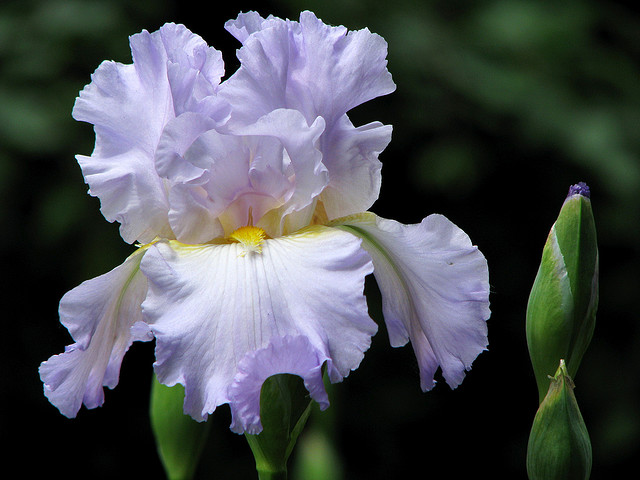
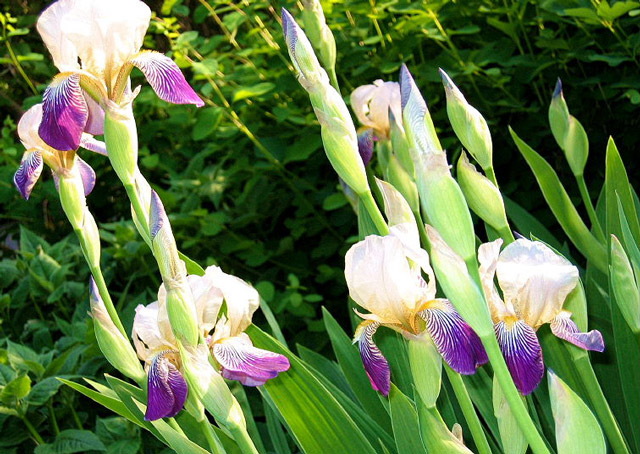
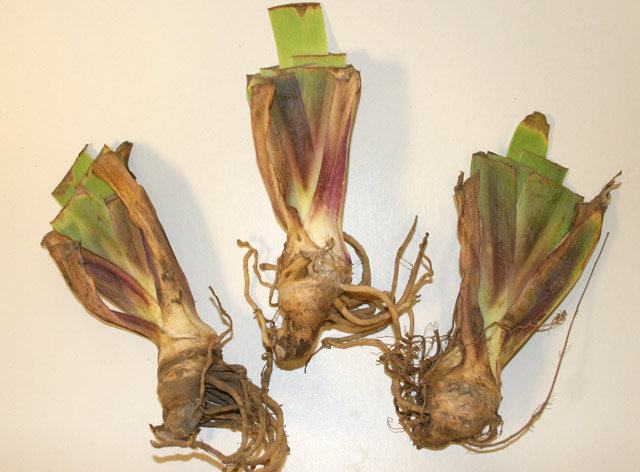
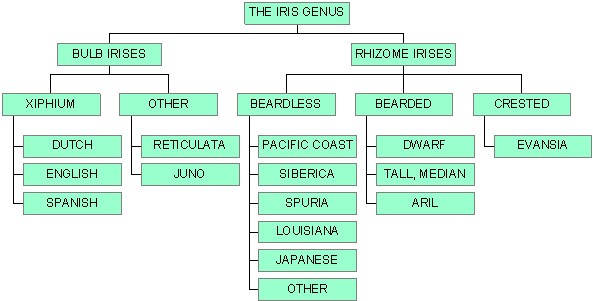
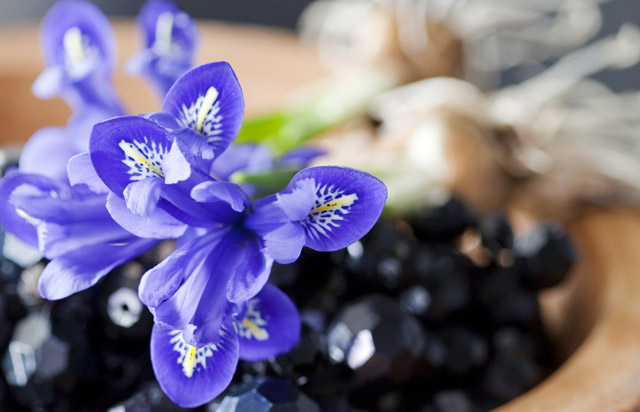
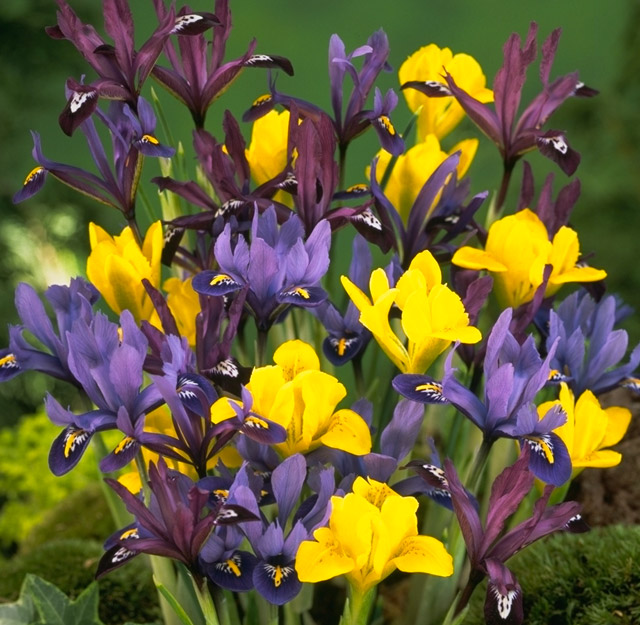
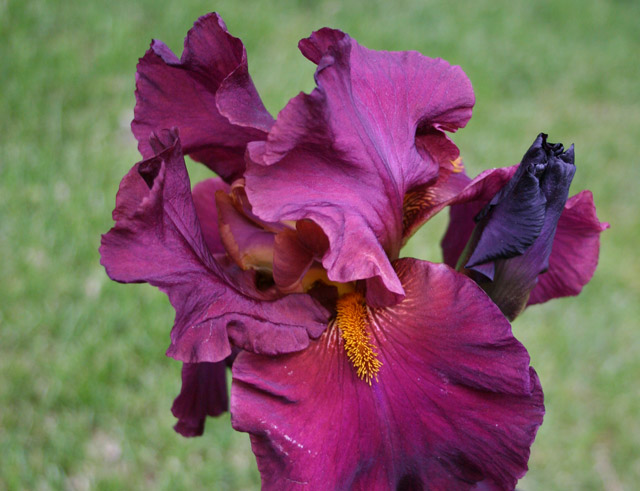





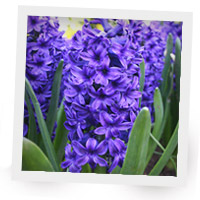
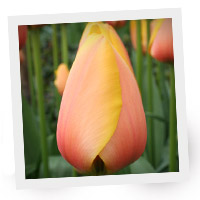
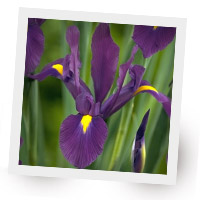
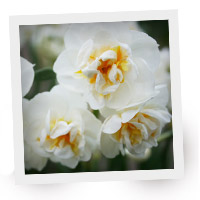
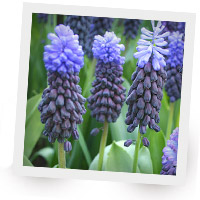
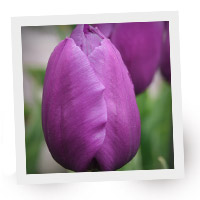
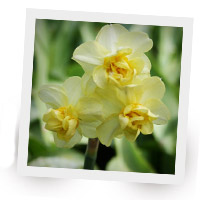
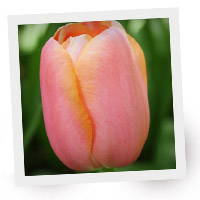

If I have a bearded iris that randomly grew in my garden, and the stem does not have much structure or support, how do I help the plant stand more upright on its own. Should I just put a stick in the ground and tie it to it? Is there something missing in the plant food?
Thanks for your help
Is it in full sun? It may need more sun or better soil? BUT- Sometimes the heavy blooms do lean and after inclement weather they can fall over as well. You could place a stick to help support.